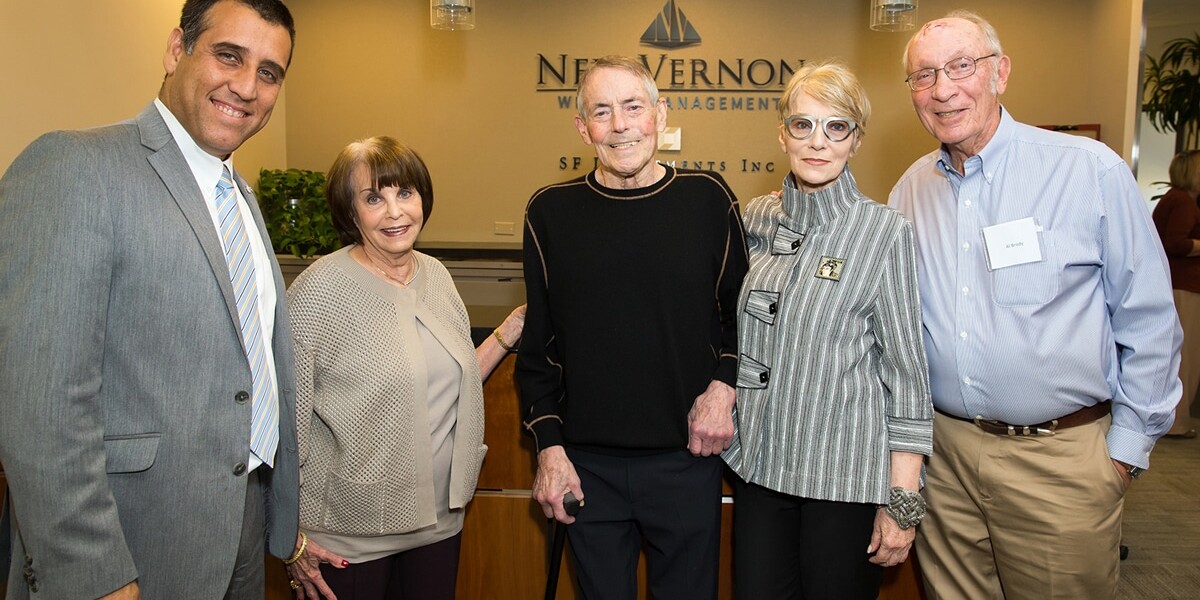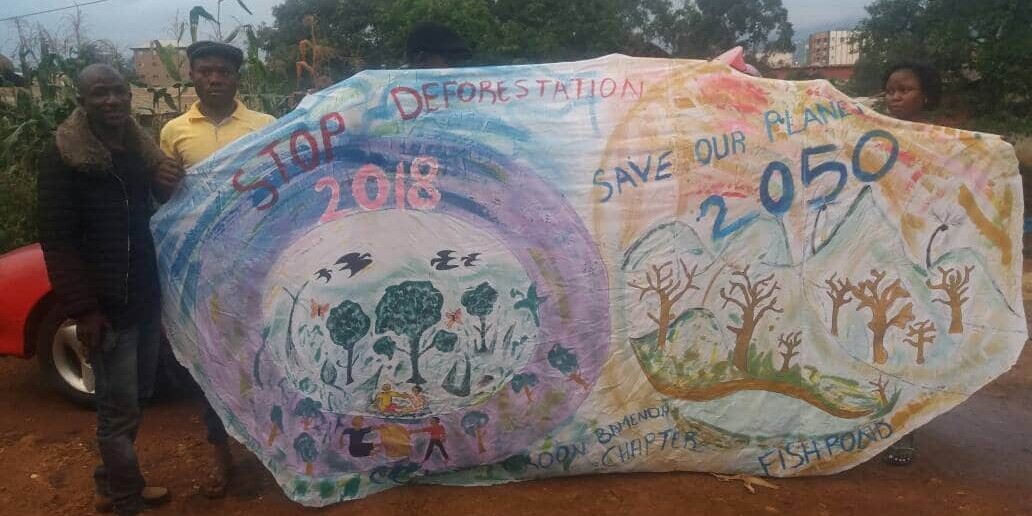At 4:53 pm, January 12, 2010 an earthquake with a magnitude of 7.0 on the Richter scale struck the island of Hispaniola, comprising the two nations of Haiti and the Dominican Republic, 15 miles southwest of the Haitian capital of Port-au-Prince.
“In ten seconds, everything the population took decades to build was destroyed,” recalled Goldin Institute Global Associate Malya Villard Appolon, co-founder of KOFAVIV (Commission of Women Victims for Victims). With additional damage from two aftershocks hours later, some three million people were impacted, one-third of the Haitian population. Over a million people were displaced as their homes were destroyed and between 85,000 and 316,000 were killed, based on varying estimates offered by USAID and the Haitian government with international relief agencies.
Reflecting on the recently passed ninth anniversary of the 2010 earthquake, Malya recalled, “On that day, nobody had a roof on top of their head. Everybody took refuge on the streets and parks, which caused what we called ‘the camp phenomenon’ and led to women enduring inhuman and degrading conditions. At that time, basic services were non-existent, insecurity was the norm, and women faced very difficult situations.” Assisted by the Goldin Institute as well as various international NGOs, Malya and her colleagues at KOFAVIV not only provided basic reproductive and medical assistance to displaced female survivors of sexual assault and rape, but also trained male allies to be guardians of women and girls at risk of gender-based violence.
The months and years since the earthquake have seen additional disasters, natural as well as man-made. In October of the same year as the earthquake, Haiti was hit by a cholera epidemic following the discovery of cases in the areas around the Artibonite River, the longest in the country and a major source of drinking water. Identified as a South Asian strain of the cholera bacteria, the disease was quickly traced to Nepalese soldiers who were stationed in Haiti as peacekeepers at that time. Before the epidemic could be mitigated, 770,000 Haitians were sickened and 9,200 died.
Two years later, Hurricane Sandy inflicted further physical damage on the island of Hispaniola, setting Haiti even further back on its slow march toward rehabilitation. Then last February, an internal investigation by Oxfam UK was made public, revealing systemic, widespread use of sex workers – many underage – by Oxfam foreign staff since the 2010 earthquake.
Despite the loss of their physical offices due to insecurity and death threats, the volunteers of KOFAVIV and the women they serve endure and persist. Exiled to the United States, Malya’s dedication and connection to the KOFAVIV community is unwavering.
“Even after nine years of these unfortunate events, the situation in Haiti remains the same,” she observed. “The consequences of the earthquake continue to haunt women. Their misery is not over. Even today, they are homeless and their safety is more at stake. They are raped every day.”





